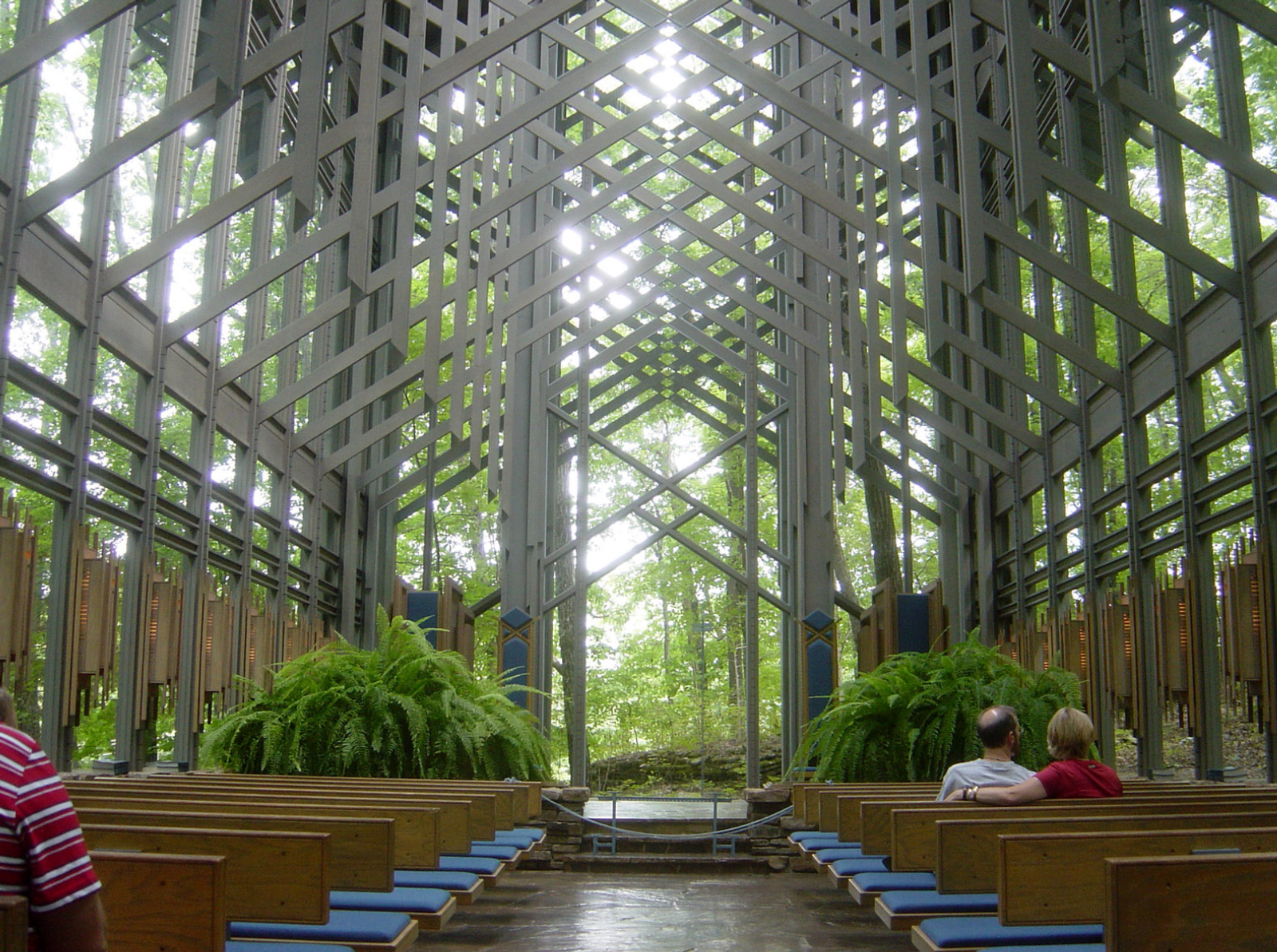Description
The term eclecticism is used to describe the combination, in a single work, of elements from different historical styles, chiefly in architecture and, by implication, in the fine and decorative arts. The term is sometimes also loosely applied to the general stylistic variety of 19th-century architecture after Neo-classicism (c. 1820), although the revivals of styles in that period have, since the 1970s, generally been referred to as aspects of historicism.[4] Eclecticism plays an important role in critical discussions and evaluations but is somehow distant from the actual forms of the artifacts to which it is applied, and its meaning is thus rather indistinct. The simplest definition of the term—that every work of art represents the combination of a variety of influences—is so basic as to be of little use. In some ways Eclecticism is reminiscent of Mannerism in that the term was used pejoratively for much of the period of its currency, although, unlike Mannerism, Eclecticism never amounted to a movement or constituted a specific style: it is characterized precisely by the fact that it was not a particular style.
"Eclecticism." Wikipedia. Wikimedia Foundation, 16 Mar. 2017. Web. 21 Mar. 2017.
